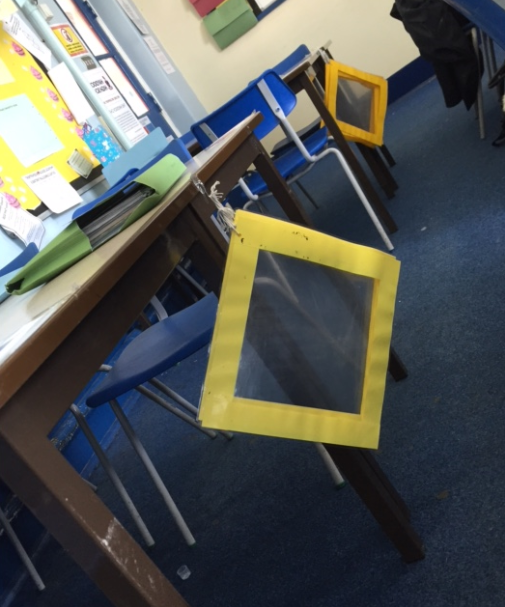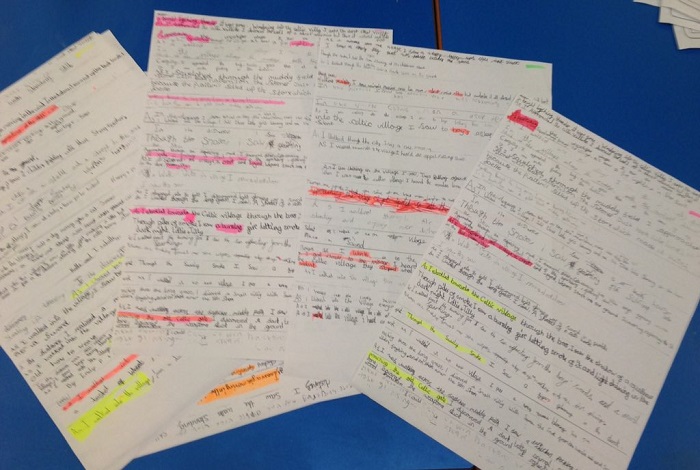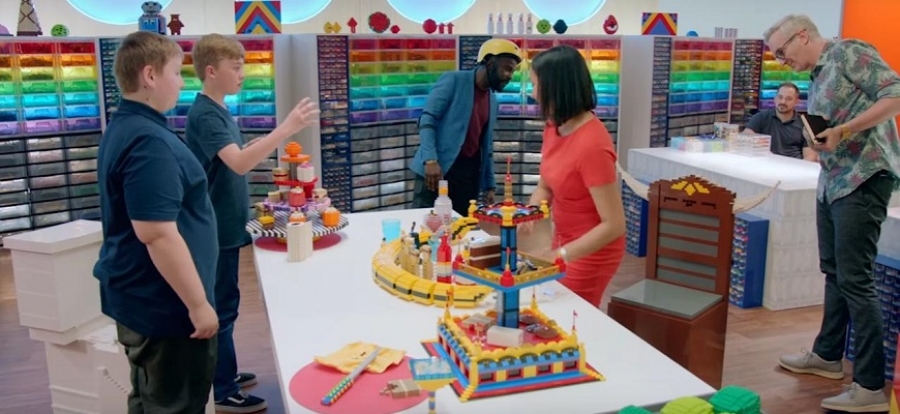1. Jane Basnett - Time savers
Seriously, this activity can be whipped up in seconds, is totally engaging and will keep the most disengaged of classes fully engaged even on a wet windy Friday afternoon in November. It will fit anywhere in a suite of lessons, but it can work particularly well at the end of a topic.
Select your lesson aim and break it down into a series of questions or activities that need responding to in order for the final aim to be achieved. Place these questions around the room in envelopes clearly labelled 1-5 (or more, depending on the type of question). Students work in pairs, or groups of three / four / however you determine. One person from the group collects the question, returns to the group to work on the question. Groups may only progress once they have shown their answer to the teacher. The activity continues until all questions have been answered.
Differentiation is achieved by outcome, but you could create two or more questions per level, depending on your students needs.
2. Carmel Bones - You’ve been framed!

Encourage kind, specific and helpful feedback by allowing learners to put each other’s work ‘in the frame’ and apply success criteria to it. Store these ‘wipeables’ on a help desk, or get creative by hanging them handily from the sides of desks (see photo below). This has impact by giving learners responsibility to ‘level up’ their submissions. It provides the chance to closely examine and respond meaningfully to content written by students, or to annotate published material or sources. The scope for collaboration and re-drafting means it’s a low stakes, memorable, appealing activity. It diminishes the teacher’s role in the marking process, and builds autonomy too - what’s not to like?!

3. Jules Daulby - Getting creative through Microsoft Word
With such a wide range of inclusive technologies added into Microsoft Word 2016, there are plenty of free, easy options. These are especially good for with pupils with dyslexia and emergent literacy.
Use Read Aloud (DYT video clip):
In Review you will see Read Aloud - simply click and use. A slightly more advanced version is 'Immersive Reading' (select View, then Learning Tools) and includes more inclusive options such as text spacing and page colour.
Use the Navigation Pane
How many times have you seen students scrolling up and down a document? By using headings in the ribbon and keeping the navigation pane (found in View) open on the left of the screen, learners can easily whip up and down a document.
Making a document dyslexia friendly in 30 seconds!
This is so easy:
- Ctrl A to select all text.
- Change font to Arial.
- Increase font to 18.
- Go to Design and press Page Colour - choose preferred colour.
Bish Bash Bosh.
4. Nicole Ponsford - Old school
With most educators looking for the next best thing, I say GO RETRO!
- Think about the classic games of your youth and consider how they can make your teaching more fun - whilst keeping those precious learning outcomes. I started this with ‘musical chairs’ for my A Level students; they changed seats, when the music stopped, to comment or edit someone else’s digital work. They loved it!
- Problem solving + PE = The Crystal Maze activities in the school hall.
- ‘Pass the parcel’ with enclosed challenges for your learners, which get harder or allow for a team-working approach.
- ‘Musical statues’, giving students tasks to do when the music stops.
- Consider downtime, too. Giant-size board games are available to support co-operation at playtime, whereas Secondary schools can set up table tennis tables outdoors to see improved socialisation during breaks.
- For indoor, vintage-inspired clubs, try introducing Textiles (knitting, screen printing and embroidery) and Lego for rainy day playtimes (for the latter you may want to use the challenges from Channel 4’s recent Lego Masters). These clubs will work best if you encourage cross-gender participation.
5. Ben Connor - The immersive writing game-changer
I love teaching writing. It is perhaps the highlight of my week, especially when the context my pupils are writing in is engaging and interesting to myself (selfish, I know). However much I love teaching writing, however thrilling my lessons are, some children find writing hard. They find ideas hard. Recently on Twitter I stumbled across a game-changer. I cannot remember who posted this idea, but I’ve shamefully stolen it and used it to great effect.
We were writing about a Roman walking into a Celtic Village and how that would feel for the Roman. Petrifying, I imagine. Using Tim Taylor’s idea of basing our description on six key areas - Silence/Noise, Darkness/Light, Motion/Stillness - we described our Celtic Village. But before writing independently, the pupils worked in pairs. They wrote one sentence for each of the key areas on strips of paper. Once each area was finished, I took the strips, stuck them to A3 paper and photocopied them. Voila, each child now had access to three A3 sheets full of vivid, effective descriptions.
Their task: To highlight parts of sentences that they loved and weave these into a paragraph of description. Those children that thrive in writing tasks produced jaw-dropping descriptions, due in part to the Mantle of the Expert work we had done in role-playing the Roman. Those children who struggle to write could choose from a wealth of ideas, but still had their own work to develop.
The result: Each child, regardless of ability, had a strong foundation to kick-start their story writing.



Want to receive cutting-edge insights from leading educators each week? Sign up to our Community Update and be part of the action!


















